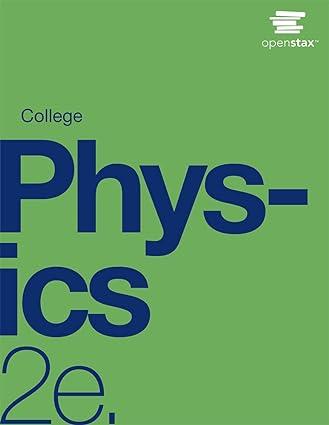Question
Water is moving at a velocity of 2.50 m/s through a hose with an internal diameter of 1.60 cm. (a) What is the flow
Water is moving at a velocity of 2.50 m/s through a hose with an internal diameter of 1.60 cm.
(a) What is the flow rate in liters per second?
(b) Fluid velocity in this hose's nozzle is 14.0 m/s. What is the nozzle's inside diameter?
2.Plaque builds up on the walls of an artery decreasing its diameter from 1.16 cm to 0.62 cm. If the flow speed is 15.0 cm/s before reaching the region of plaque buildup,
determine the following.
a) speed at which blood is traveling through the plaque-constricted region
(b) pressure change within the plaque-constricted region. (Assume the density of blood is 1050 kg/m3. Be sure to include the appropriate sign with your answer.)
Step by Step Solution
3.48 Rating (148 Votes )
There are 3 Steps involved in it
Step: 1
a To find the flow rate in liters per second we first need to calculate the crosssectional area of the hose The radius of the hose is half of the diam...
Get Instant Access to Expert-Tailored Solutions
See step-by-step solutions with expert insights and AI powered tools for academic success
Step: 2

Step: 3

Ace Your Homework with AI
Get the answers you need in no time with our AI-driven, step-by-step assistance
Get Started


